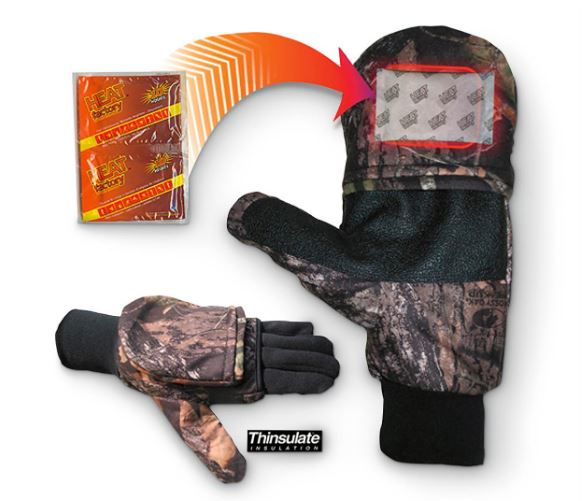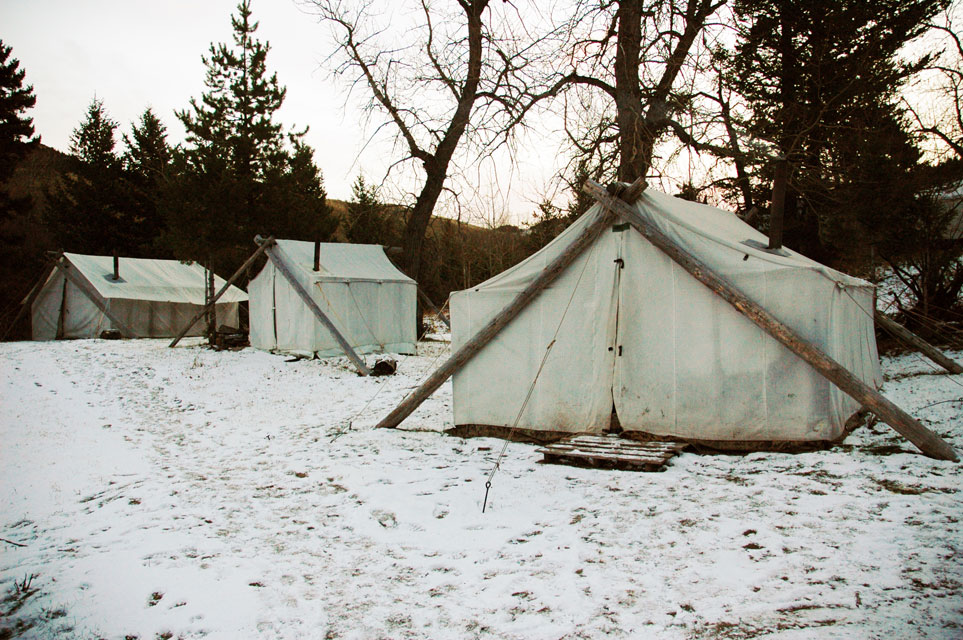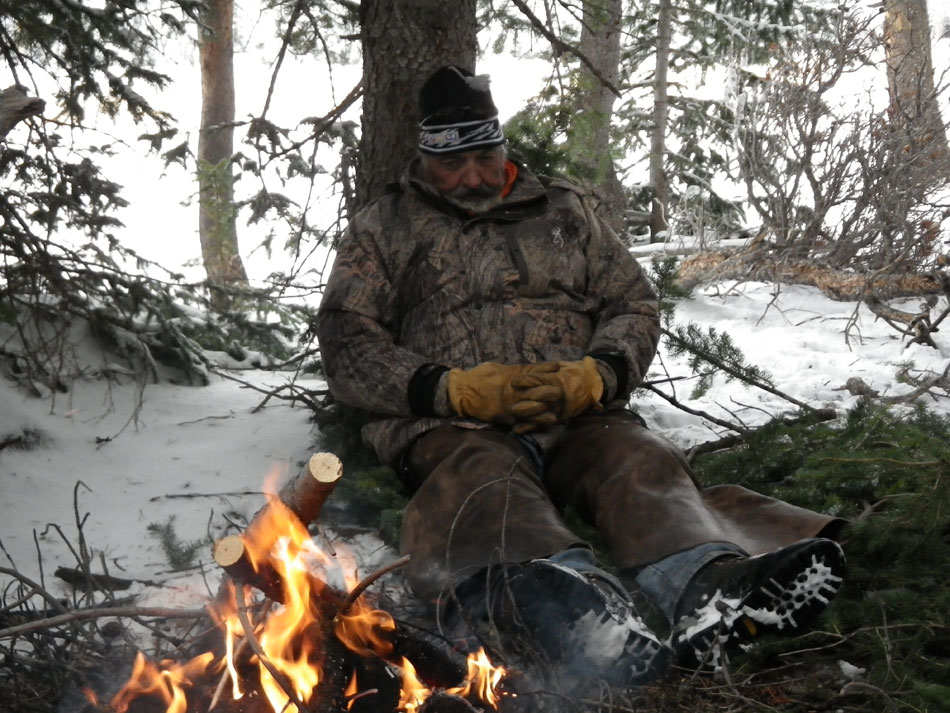Winter camping is cold, magical, and an opportunity to make some of your most joyous memories. Not many people do it, which means you will enjoy more of the best camping spots.
Winter camping is more logistically challenging than a summertime trip with the family. You’ll have to plan a bit more, but don’t be intimidated. Instead, take these winter camping tips as an invitation to have fun and get ready to enjoy the elements in all their wintertime glory.
1. Plan Your Layers
If you’re wondering about how to camp in the winter, layering is step one. Nothing is quite as bad as being cold when you’re trying to sleep, so plan your layers ahead of time. If you think you will hike, climb, or sweat during the day, bring a change of base layers for sleeping. That way, your sweat will be less likely to cool you off when you hit the sack.
Make sure your mid-layers are cozy and warm, giving you the daytime functionality you want, as well as the nighttime warmth you need. As for your outer layer, remember that you will be spending a lot of time by the fire, so choose a fire-resistant outer layer like wool.
 Always pack an extra hat and a pair of gloves and remember to pack spare socks. You never know what you’ll get into when you’re winter camping, but one thing is for sure: Wet or sweaty feet make for cold feet.
Always pack an extra hat and a pair of gloves and remember to pack spare socks. You never know what you’ll get into when you’re winter camping, but one thing is for sure: Wet or sweaty feet make for cold feet.
2. Pack Hand Warmers
The hand warmers you find in many sporting goods stores aren’t just great for your hands. They can be instrumental in helping to raise your core temperature as you sleep.
After you’ve put on a thin base layer, place activated hand warmers underneath your armpits. This warms the blood that flows through the major arteries and veins beneath your arms, which raises your core temperature.
If it’s a really cold night, place hand warmers in your socks or even in your hip crease. This can help to keep your core temperature up and give you a comfortable night’s sleep.
3. Bring the Right Sleeping Pad and Sleeping Bag
Most of your body heat is lost through conductive heat loss—in other words, the ground steals more of your body heat than the air does. It pays to bring a sleeping mat that insulates well.
Tempting as the traditional foam roll mats are, they don’t provide the insulation you need during the wintertime. Instead, opt for a small, lightweight, inflatable roll mat. Some self-inflate, and others you may have to blow up yourself. However, the air barrier between your body and the ground makes a huge difference for your comfort.
If you aren’t worried about carrying a little extra weight, bring your summertime foam roll mat along as well. Put this underneath your inflatable roll mat to keep you even warmer.
Check your sleeping bag’s temperature rating. You want a bag that is rated for even colder conditions than you will encounter. Weather is unpredictable, and it’s wise to have a safety buffer of a few degrees to protect you from potential hypothermia.

4. Use Snow Wisely
There are several ways you can put snow to good use when winter camping.
Remember to pack the snow down before you set up your tent, to provide yourself with a solid base. If you don’t do this, you risk stepping on a patch of soft or uneven snow after your tent has been set up and ripping the floor. Now is not the time for unexpected drafts of winter air. Remember to stake your tent down because winter winds can be strong. Stuffed sacks full of snow can serve as anchor points or deadmen.
Instead of packing loads of water, boil the snow. Chemical filters and mechanical filters don’t work as well in the cold, so boiling water is the best method of ensuring your water is bacteria-free.
Snow can also serve as a clean (if cold) wiping agent, especially if you don’t want to burn or pack your soiled toilet paper.
5. Vaseline and Oil
Natives of Siberia have long understood that water-based moisturizers just don’t cut it in the cold. In extremely low temperatures, water-based moisturizers can dry out or even freeze the skin. To protect your skin from windburn and the effects of the cold, slather on some Vaseline or another oil-based moisturizer. As long as it’s oil-based, it will lock in moisture and guard your skin against the cold. Coconut oil is another good option.
6. Use Lithium Batteries
Lithium batteries perform far better than alkaline or NiHm batteries in the cold. They also last three times longer and are lighter to carry.
7. Store Your Water
If you have a large water sack to store, remember to flip it upside down at night or whenever you’re stationary at camp.
Most water pouches or hydration sacks have the valve and nozzle located toward the bottom. Ice forms from top to bottom, so this can help prevent your nozzle and valve from freezing or, at least, slow down the process.
Consider insulating your water inside your tent. If the nights get particularly cold, insulate the water and place some hand warmers next to it.

8. Stay Dry
Moisture makes you cold, so moisture management is key to regulating your body temperature throughout the day. Avoid excessive sweating, to keep yourself warm when you pause activity. Moisture conducts heat away from your body and, in the winter, you have to manage your body heat.
Final Word
While winter camping isn’t for the faint of heart, it is an exhilarating experience. It’s a wonderful way to get outside and enjoy the season. You will experience the crisp hush of a winter morning and the incredible clarity of winter stars.



























